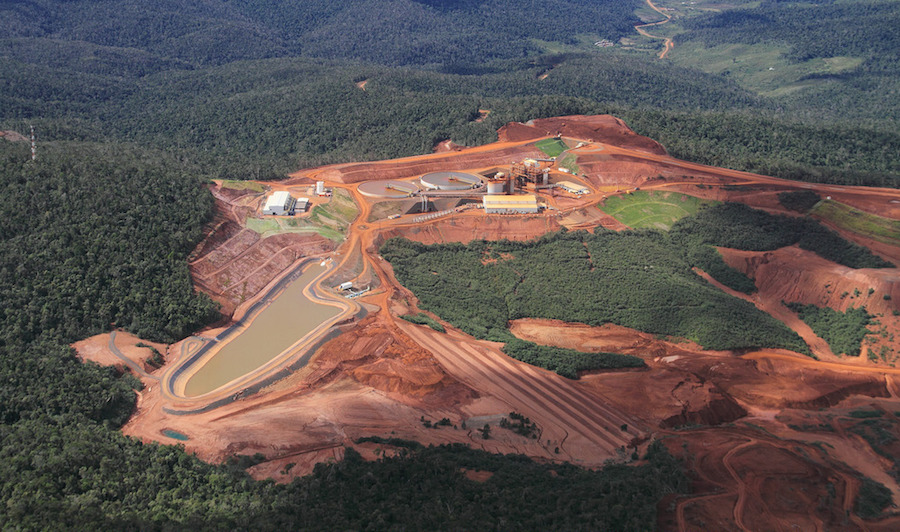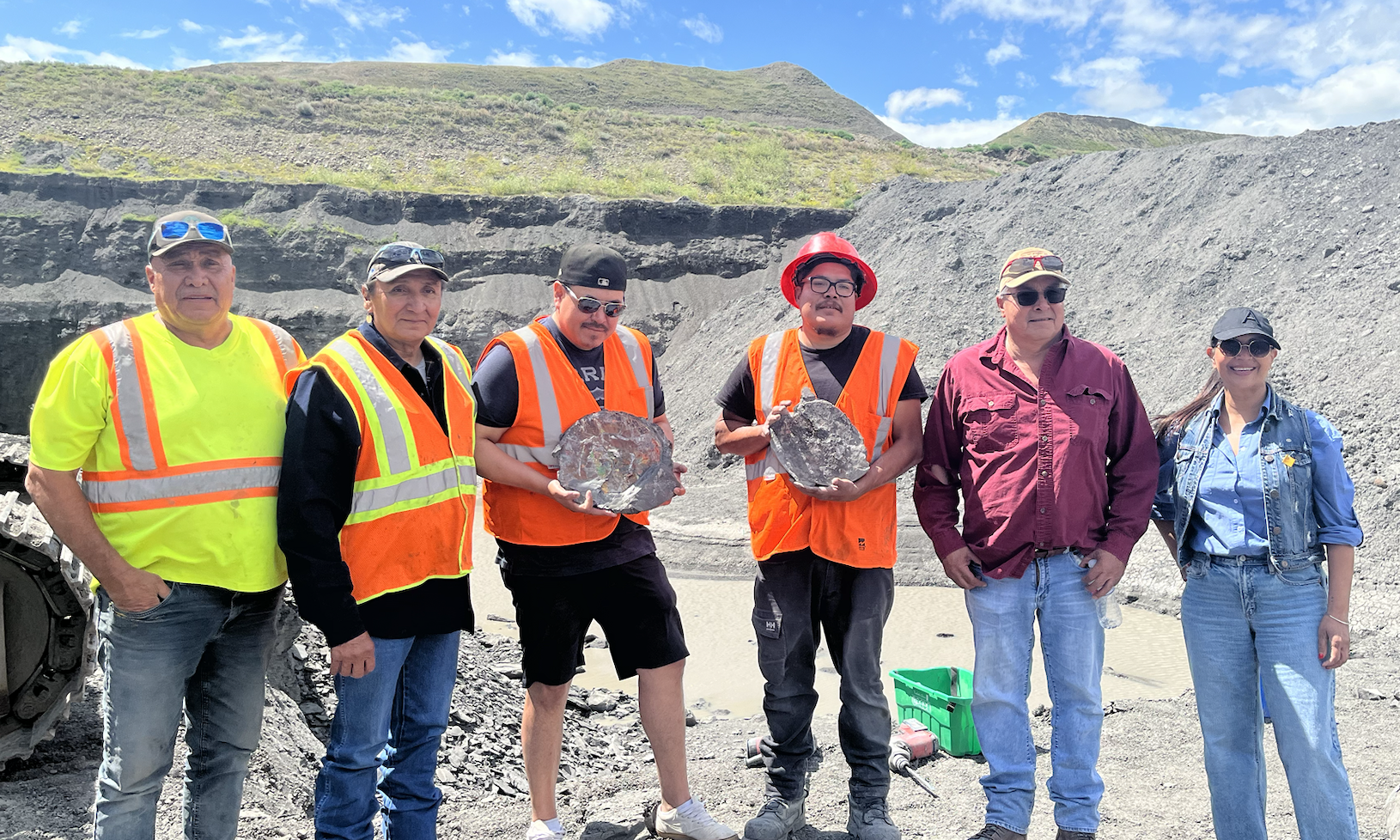Madagascar to raise minerals taxes, take 20% stake in mining projects

Madagascar plans to increase its royalties on nickel, cobalt, precious metals, and gemstones to 4% from 2% at present, a draft mining law showed on Tuesday, the latest African country to push for greater government revenue from mining activities.
The bill, seen by Reuters and then confirmed by Mines Minister Fidiniavo Ravokatra in a statement to reporters, also proposes a government stake of at least 20% in any marketable mining production.
Mining royalties would rise to 8% from 2% for raw precious stones. Rough industrial stones would attract a 6% royalty rate while cut industrial stones would be taxed at 3%.
Madagascar has one of the world’s largest nickel mines, operated by Ambatovy Minerals, which also produces cobalt.
Chromium is also industrially exploited in Madagascar, along with ilmenite which is mined by Rio Tinto’s QIT Madagascar Minerals.
Neither Ambatovy Minerals nor Rio Tinto immediately responded to a request for comment.
Madagascar has one of the world’s largest nickel mines, operated by Ambatovy Minerals, which also produces cobalt
Australia’s Base Resources operates the Toliara mineral sands project in southwest Madagascar, which was suspended by government last month due to unrest. A company spokesman had no comment on the proposed royalty increase.
“It is fair that royalties and rebates are increasing,” Minister Ravokatra said. “This is still a bill but discussions with mining operators and exporters are continuing.”
Madagascar has compared its royalty rates with other countries and categorized different minerals, the minister said.
Democratic Republic of Congo introduced a new mining code last year increasing the royalty rate for precious metals from 2.5% to 3.5%, causing an outcry from miners operating there.
Under the proposed law, industrial-scale mining license holders would also be required to pay the state a fee of 2 billion Ariary ($542,000) towards national development. Holders of research licenses would be charged 200 million Ariary.
The majority of Madagascar’s mining activity is artisanal, using rudimentary techniques. Artisanal and small-scale mining employs more than 500,000 people in Madagascar according to the Extractive Industries Transparency Initiative.
(By Lovasoa Rabary and George Obulutsa; Editing by Helen Reid and David Evans)
More News
{{ commodity.name }}
{{ post.title }}
{{ post.date }}

Comments